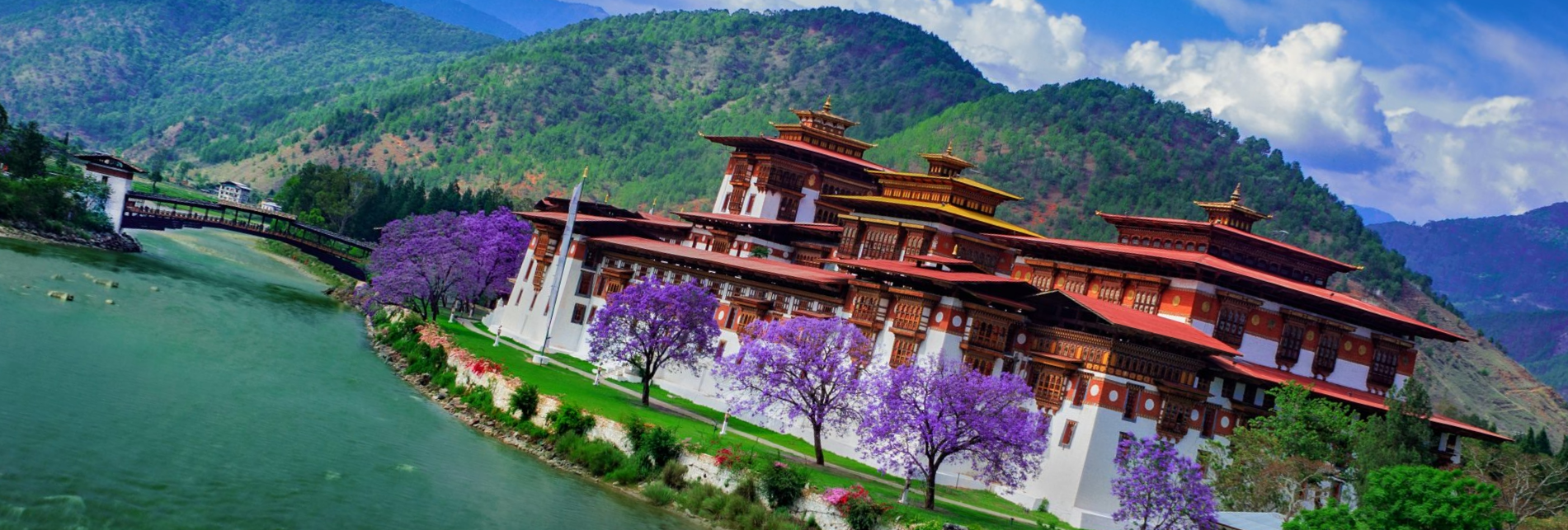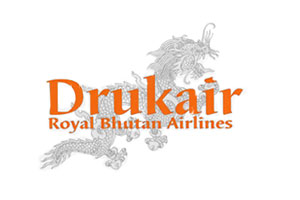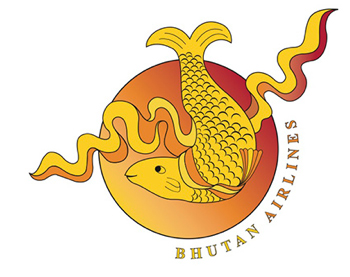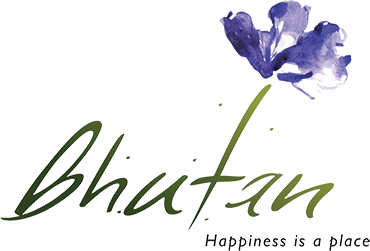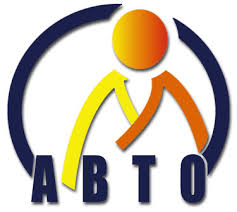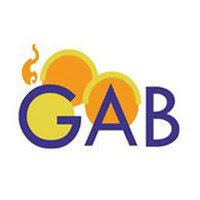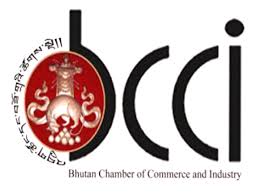About Bhutan
Bhutan often described as “Drukyul” the Land of the Thunder Dragon is a country nestled in the Eastern Himalayas. The high Himalayas to the north separate the Kingdom from the Tibetan Autonomous Region of China, while the rugged eastern region borders the Indian states of Arunachal Pradesh, Assam, West Bengal, and Sikkim.
A conscious policy of isolation complemented by formidable geographical barriers has enabled the Kingdom to maintain its independence throughout its history. Ancient stone implements and other archaeological findings indicate that there were settlements in Bhutan dating back to 2000 B.C. The chronicled history of the kingdom, however, begins with the advent of Buddhism in the eighth century.
Language
Bhutan’s official language is Dzongkha. English is the medium of instruction in secular schools. While Choekey, classical Dzongkha, is used in traditional and monastic schools.
Recreation
The traditional Bhutanese sports and games are Degor (discus), Pungdo (shot put), Khuru (Dart), and Keshi (Wrestling). Modern sports such as Soccer, Basketball and Lawn Tennis are also popular among the younger group.
However, it is Archery, the national sport which remains the favorite for both the young and the older folks alike. Traditional archery contests are organized on most holidays and special occasions like the Losar (New year ) throughout the country. These tournaments almost always take on mythic attributes as the teams consult local astrologers to assist in the selection process and to help cast spells on the opposition. Bhutan sent its first team to the Los Angeles Olympics in 1984.
Bhutan Arts and Crafts
Bhutanese Art and Craft, the creative urges of the Bhutanese find expression in its arts and crafts. Zorig Chusum or the 13 aspects of Bhutanese arts and crafts includes Shinzo (woodwork), dozo ( stonework), jinzo (clay crafts), lugzo (bronze casting), parzo (wood, slate and stone carving), Lazo (painting), shagzo (wood turning) garzo (blacksmithy), troeko ( silver and goldsmithy), tsharzo (bamboo and cane crafts), dhezo (papermaking), thagzo (weaving) and tshemzo (tailoring).
The skills of the local craftsmen are manifested in the statues of the deities, doors, and windows of the traditional houses, and in religious artifacts like bells, trumpets, and drums.
The country also has a rich and diverse range of carpets and traditional textile designs whose colors, weaves and textures have evolved over centuries. The Bhutanese people continue to wear the elegant national dress made from these traditional textiles, a Gho for men and Kira for women. These woven products are sold all over Bhutan.
Bhutan and its culture
Unlike many countries, traditional arts, age-old ceremonies, festivals, social conduct, and structures are not remnants of a bygone age. Traditional arts and crafts are still practiced as they were done hundreds of years ago, vibrant festivals are celebrated and social principles like the Driglam Namzha (age-old etiquette code of conduct) are still evident because they continue to have a special significance in the daily lives of the people.
Bhutanese language and literature, arts and crafts, drama, music, ceremonies and events, architecture, and basic social and cultural values draw their essence from Buddhism. Just as the Kingdom’s history is characterized by religious landmarks, the influence of religion is highly visible in everyday life. Hundreds of sacred monasteries, stupas, religious institutions, prayer flags, and prayer wheels mark the countryside, providing a strong infrastructure and atmosphere for the teachings of their living faith.
Bhutan’s traditional culture is alive in its performing arts, such as dance and music which are an integral part of religious ceremonies. In addition, secular performances such as dance, songs, traditional instrumental music, dramas based on biographies of religious personalities hold a special place in the lives of the people as they play an important role in the national, village, or domestic functions and festivals. Bhutan’s textile tradition has, in recent years, gone international. The distinct technique, color, and style of indigenous Bhutanese wearing are being increasingly appreciated by textile specialists, collectors and users.
Bhutan and its National Symbols
The National Flag
Bhutan Flag, the upper yellow half of Bhutan’s flag signifies the secular authority of the King. It is the colour of fruitful action, both in religious and state matters. The orange half of the flag denotes the religious practice and spiritual power of Buddhism as it is manifested in the Kagyupa and Nyingmapa sects, the historic springs of the Bhutanese faith. The dragon honors the people’s name for their country: Druk Yul, Land of the Thunder Dragon.
Its colour, the white of purity expresses the loyalty of the country in many racial and linguistic groups. The dragons snarling mouth expresses the stern strength of the male and female deities protecting Bhutan, the jewels it claps in its claws are symbols of the wealth and perfection of the land.
National Flower – Blue Poppy
National Bird – Raven
National Tree – Cypress
National Animal – Takin
The National Emblem
The symbol of the sacred jewel at the top of the royal crest signifies the raised Buddhist Sovereign above all heads, in the compassionate form of the triple gem. The crossed Vajras (diamond scepters) in the center represent the harmony between the notable and ancient customs of spiritual and secular law and modern power and authority. The qualities essential for harmony flow naturally and imperceptibly from the spiritual essence of the Vajra. The male and female turquoise thunder symbolize the name of the Kingdom: Druk Yul, Druk means thunder dragon, Yul means the land. The thunder of summer storms like a dragon’s roar reverberates across mountains and valley speaking of the countries glory.
The National Anthem:
In the Thunder Dragon Kingdom
Adorned with Sandalwood
The protector who guards the
Teachings of the dual system,
He, the precious and the glorious ruler,
Causes dominion to spread
While his unchanging person
Abides in constancy
As the dharma of Lord Buddha flourishes
May the sun of peace and happiness
Shine on the people.
Bhutan its People and Religion
People
Bhutan is a rich mosaic of cultures, lifestyles, languages, and belief systems. In a country with a population of just over half a million, as many as 19 different dialects and a few languages are spoken. This is attributed to the fact that in the past, Bhutanese communities settled in the valleys with limited communications. It is for the same reason that the sense of individuality and independence emerges as strong characteristics of the people.
The Bhutanese are, by nature, physically strong and fiercely independent with an open and ready sense of humor. Hospitality is an in-built social value in Bhutan. People wear colorful dresses; the men wears a Gho, a long robe tied around the waist by a slim fabric belt, or Kera. Kira, the main garment of women is an ankle length wrap-around dress secured by a belt around the waist and fastened at the shoulders with silver brooches called Koma.
There is no rigid class system in Bhutan and social and educational opportunities are not affected by rank or birth. Bhutanese women enjoy equal rights with men. Both men and women are free to choose their partners for marriage and both can initiate a divorce.
Monks are held in great respect and play an active part in community life. Representatives of the monk body are present at all important occasions. In the past, it was common for one son from each family to enter the monastic order, a custom that is less prevalent today.
Religion
The state religion of Bhutan is the Drukpa sect of Kagyupa, a branch of Mahayana Buddhism. Ever since its introduction in the eighth century, Buddhism has shaped the nation’s history and played a vital part in the life of its people.
Throughout Bhutan, from the most densely populated valleys to the most remote mountain way stops, religious monuments and symbols bear witness to a deep and respected faith. One comes across prayer wheels, prayer flags and the sacred mantras carved on the slabs of stone and rocky hillsides. Chortens (Stupas) housing the sacred relics dot the landscape. Monasteries and Temples some dating back to as early as the eighth century are the focal point of each village.

